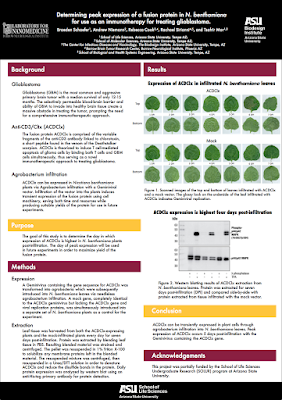This article argues that the card design could have been much better and possibly avoided that memorable but embarassing moment.
That’s horrible typography. I will emphasize that again: horrible. Or, to be nicer, not good. Look at it again. Of course anyone could’ve made the same honest error!
The words “Best Actress” are on there — at the very bottom — in small print.
You are on television with millions of people around the world watching. You are a little nervous, and you have to read a card. You will most likely read it from top to bottom without questioning whether the card is right. ...
Here’s what should’ve been changed based on the three critiques I just made:
- The logo doesn’t need to be at the top of this card. Everyone knows it’s the Oscars. We move the Oscars logo to the bottom where it’s least important in this context.
- The award category, Best Actress, is moved to the top so that it’s the first thing anyone sees and reads. There is no confusion what the category is because it’s clearly stated first.
- Emma Stone’s name is bigger than the title, La La Land, because she is the winner of this category. The winner should be the most emphasized thing on the card, with all other information, like the film’s title, in a smaller or thinner font.
Friggin’ logos mess things up all the time.
For a few years, some journals have been playing around with “graphic abstracts” or “visual abstracts.” Clearly, many of the same principles that you would use in a graphic abstract you would also use for a poster. This post looks at their proliferation in the field of nephrology. Hat tip to Hilda Bastian.
A century ago, an artist made a beautiful typeface.
And threw it into the river. A brilliant bit of history.
Speaking of fonts, check out this article on Futuracha Pro, described in the article title as a “crazy gorgeous font” that “evolves as you type.”
You can pre-order it here.
This is supposed to say, “Arise.”
Hat tip to Alistair Coleman and Stephen Curry.
Ace doodler Sunni Brown posted this reminder on her Instagram:
Good design is not just about thinking outside the box. It is more about climbing into the box of others. - Caroline Korowicki
Design is about empathy as much as colour and typefaces.






















